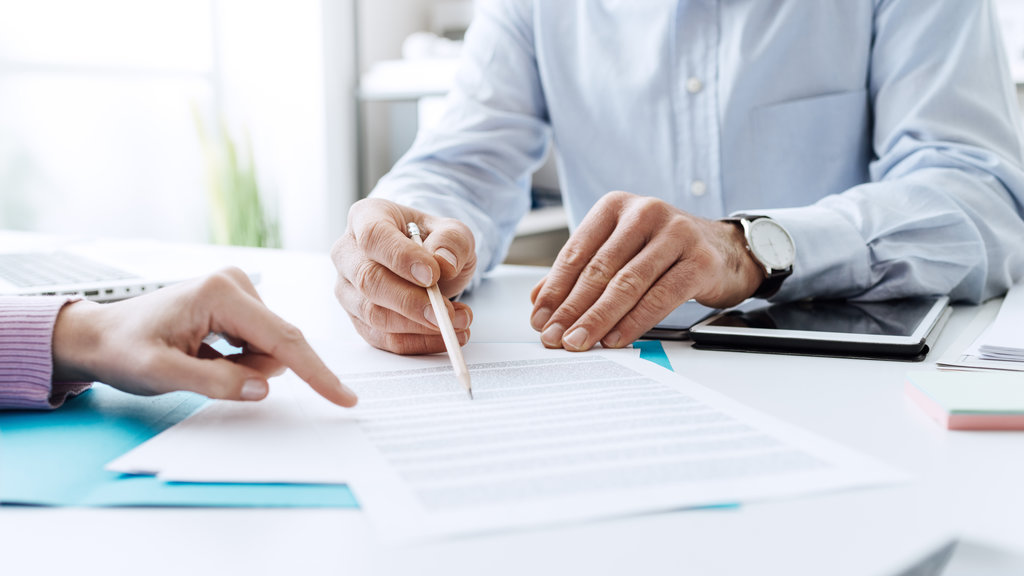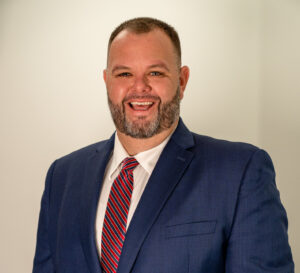
Multi-vehicle accidents create insurance nightmares that can overwhelm even the most prepared drivers. When three or more vehicles collide, determining fault becomes exponentially more complex, and insurance companies often engage in lengthy battles to minimize their financial responsibility while accident victims wait for resolution.
Florida’s unique insurance laws add another layer of complexity to multi-vehicle accident claims. At the Eberst Law Firm, we help accident victims cut through insurance confusion and secure the compensation they need for medical bills, lost wages, and vehicle repairs. Our attorneys understand how Florida’s no-fault insurance system interacts with multi-vehicle scenarios and fight to protect your interests when multiple insurance companies try to shift blame.
Understanding Florida’s No-Fault Insurance System
Florida’s insurance requirements mandate that all drivers carry Personal Injury Protection (PIP) coverage, which pays for your medical expenses and lost wages regardless of who caused the accident. In multi-vehicle accidents, each driver’s PIP coverage initially handles their own medical expenses up to policy limits.
However, PIP coverage has limitations that become problematic in serious multi-vehicle accidents. The minimum $10,000 in PIP coverage may prove insufficient for significant injuries, and PIP doesn’t cover pain and suffering or property damage. When your injuries exceed PIP limits or meet Florida’s serious injury threshold, you can pursue claims against at-fault drivers’ liability coverage.
Multi-vehicle accidents often involve injuries serious enough to step outside Florida’s no-fault system. Permanent injuries, significant scarring, or disabilities frequently result from these complex crashes, allowing you to seek full compensation from the responsible parties’ liability insurance.
Determining Fault in Multi-Vehicle Crashes
Chain reaction accidents present unique challenges for fault determination. The initial impact may trigger subsequent collisions, creating a domino effect where multiple drivers bear varying degrees of responsibility. Insurance adjusters must analyze each collision phase to determine individual fault percentages.
Florida follows comparative negligence rules, meaning multiple parties can share fault for an accident. In a three-car chain reaction, the first driver might bear 70% responsibility for rear-ending the lead vehicle, while the third driver carries 30% fault for following too closely. Each driver’s insurance company will argue to minimize their insured’s responsibility percentage.
Police reports become crucial evidence in multi-vehicle accidents, but they don’t always capture the complete picture. Officers may not witness the entire sequence of events or identify all contributing factors. Accident reconstruction experts often provide valuable analysis of complex multi-vehicle scenarios to establish accurate fault determinations.
Dealing with Multiple Insurance Companies
Multi-vehicle accidents mean dealing with several insurance companies, each protecting their own interests. These companies may coordinate their investigations and share information, but they don’t coordinate their claim payments. You might receive different settlement offers from various insurers, creating confusion about your total compensation.
Insurance companies often engage in intercompany disputes about fault percentages and coverage responsibilities. These disputes can significantly delay claim resolution while you struggle with medical bills and vehicle replacement costs. Insurance adjusters from different companies may provide conflicting information about coverage and liability.
Some insurance companies may try to settle quickly for small amounts before you understand the full extent of your injuries or damages. Others might delay payments, hoping you’ll accept a reduced settlement out of financial desperation. Having legal representation helps level the playing field when dealing with multiple insurance companies simultaneously.
Coverage Gaps and Complications
Multi-vehicle accidents can reveal coverage gaps that leave you undercompensated for your losses. When multiple at-fault drivers carry minimum liability limits, their combined coverage may still fall short of covering all damages. Florida’s minimum liability requirement of $10,000 for property damage and $10,000 for bodily injury per person provides inadequate protection in serious multi-vehicle crashes.
Uninsured and underinsured motorist coverage becomes particularly important in multi-vehicle scenarios. If one of the at-fault drivers lacks sufficient insurance, your own underinsured motorist coverage may help bridge the gap. However, understanding how this coverage applies when multiple parties share fault requires careful policy analysis.
Some drivers involved in multi-vehicle accidents may flee the scene, creating hit-and-run situations that complicate insurance claims. Your uninsured motorist coverage typically applies to hit-and-run accidents, but proving the phantom vehicle’s involvement in a multi-car crash can be challenging.
Maximizing Your Insurance Recovery
Document everything thoroughly after a multi-vehicle accident. Obtain contact information for all drivers, passengers, and witnesses. Take photographs of all vehicles, their positions, and any road conditions that may have contributed to the accident. This documentation becomes invaluable when multiple insurance companies investigate the claim.
Seek immediate medical attention even if you feel fine initially. Multi-vehicle accidents often cause injuries that don’t manifest symptoms immediately, and delayed medical treatment can give insurance companies ammunition to dispute your claim. Follow all prescribed treatments and attend all medical appointments to establish a clear connection between the accident and your injuries.
Keep detailed records of all expenses related to the accident, including medical bills, prescription costs, lost wages, and vehicle rental expenses. Multiple insurance companies may eventually contribute to your total recovery, but you need comprehensive documentation to ensure full compensation.
Get Help from Experienced Florida Accident Attorneys
Multi-vehicle accident insurance claims require professional legal guidance to navigate successfully. At the Eberst Law Firm, we understand Florida’s complex insurance laws and have extensive experience handling multi-party accident claims. We work directly with multiple insurance companies to secure maximum compensation while you focus on recovery.
Our team investigates every aspect of your multi-vehicle accident to identify all responsible parties and available insurance coverage. We won’t let insurance companies use the complexity of multi-vehicle scenarios to reduce your rightful compensation. Call us at (772) 225-4900 or contact our office today for a free consultation about your multi-vehicle accident case.
